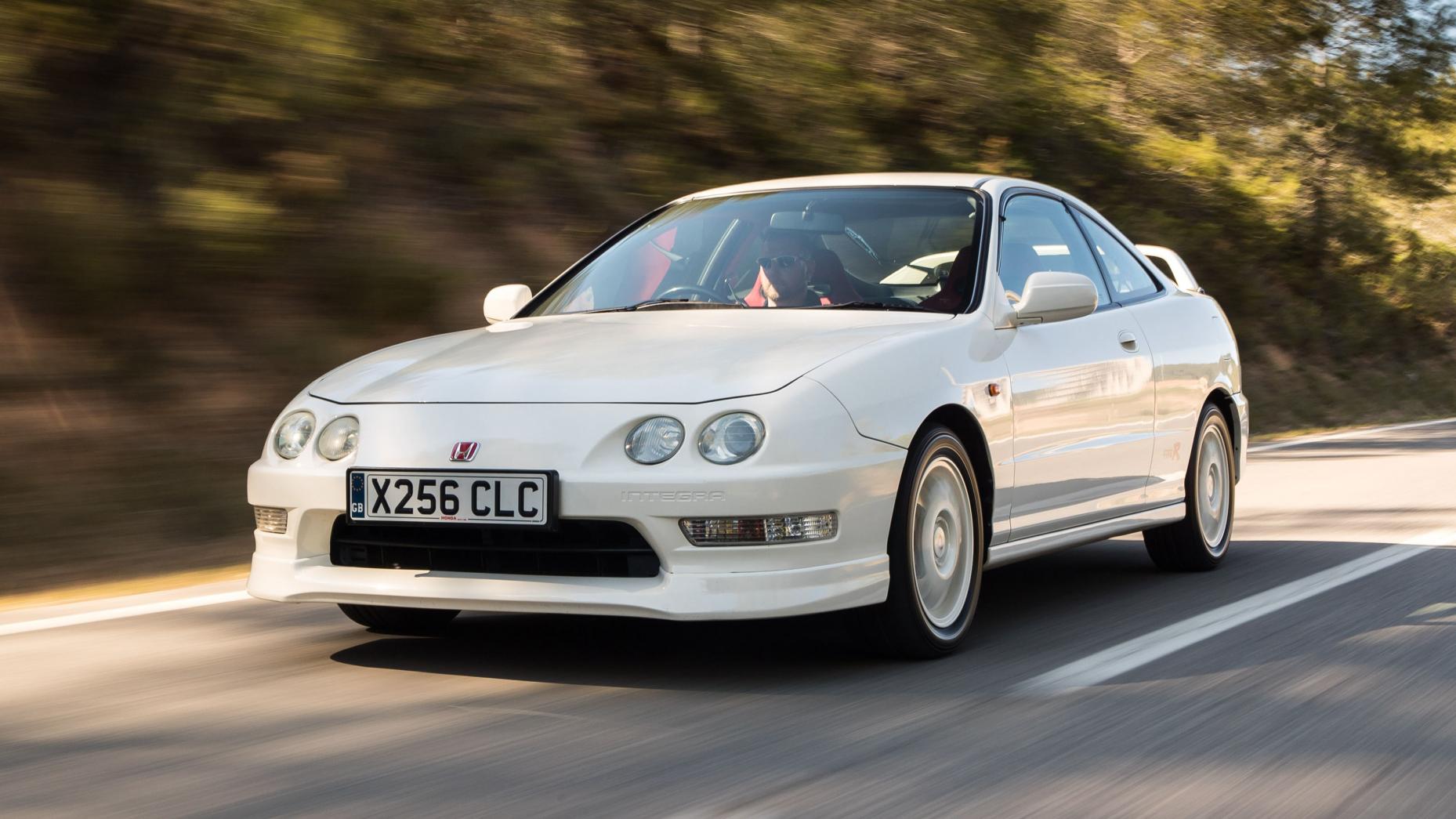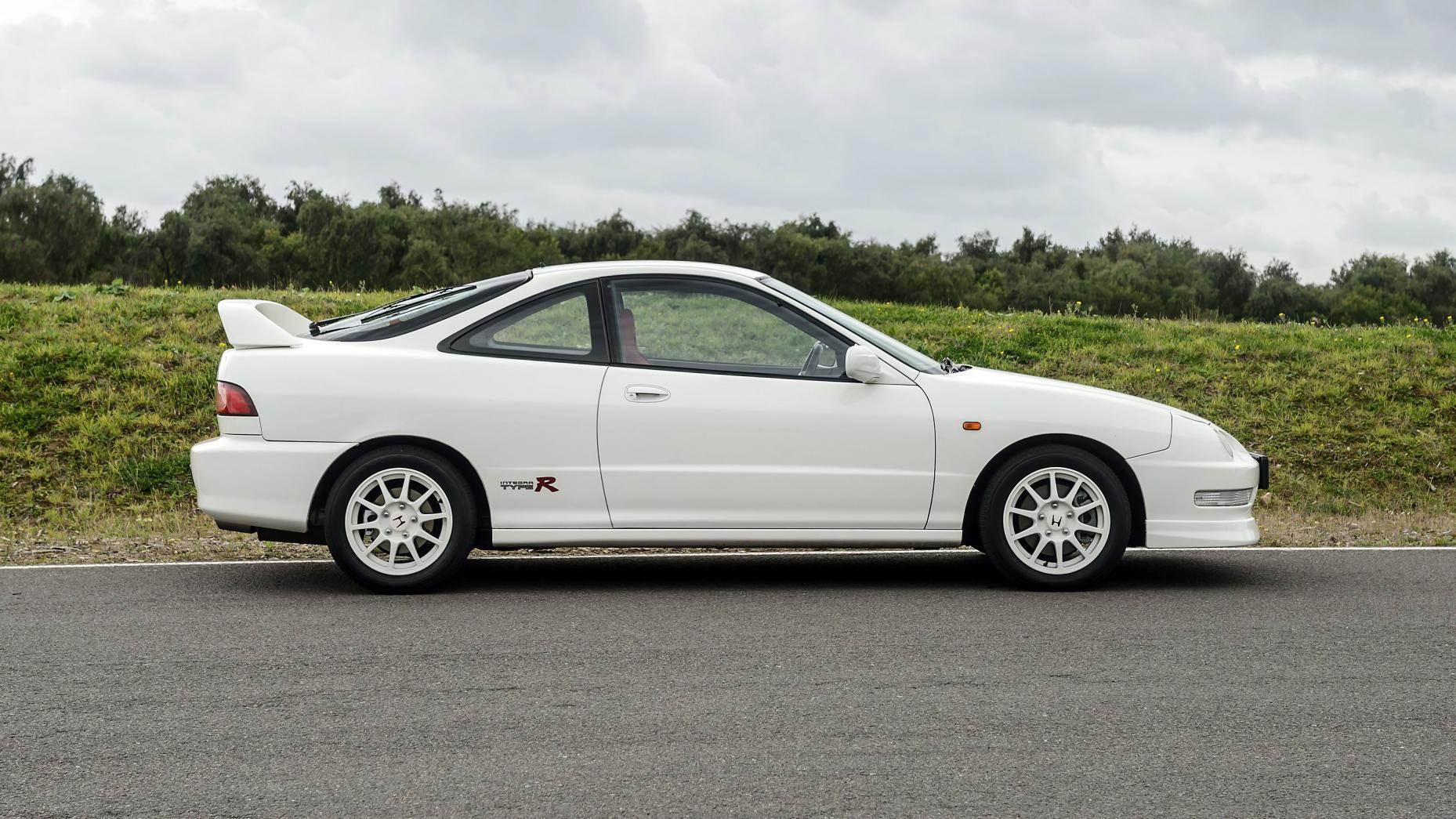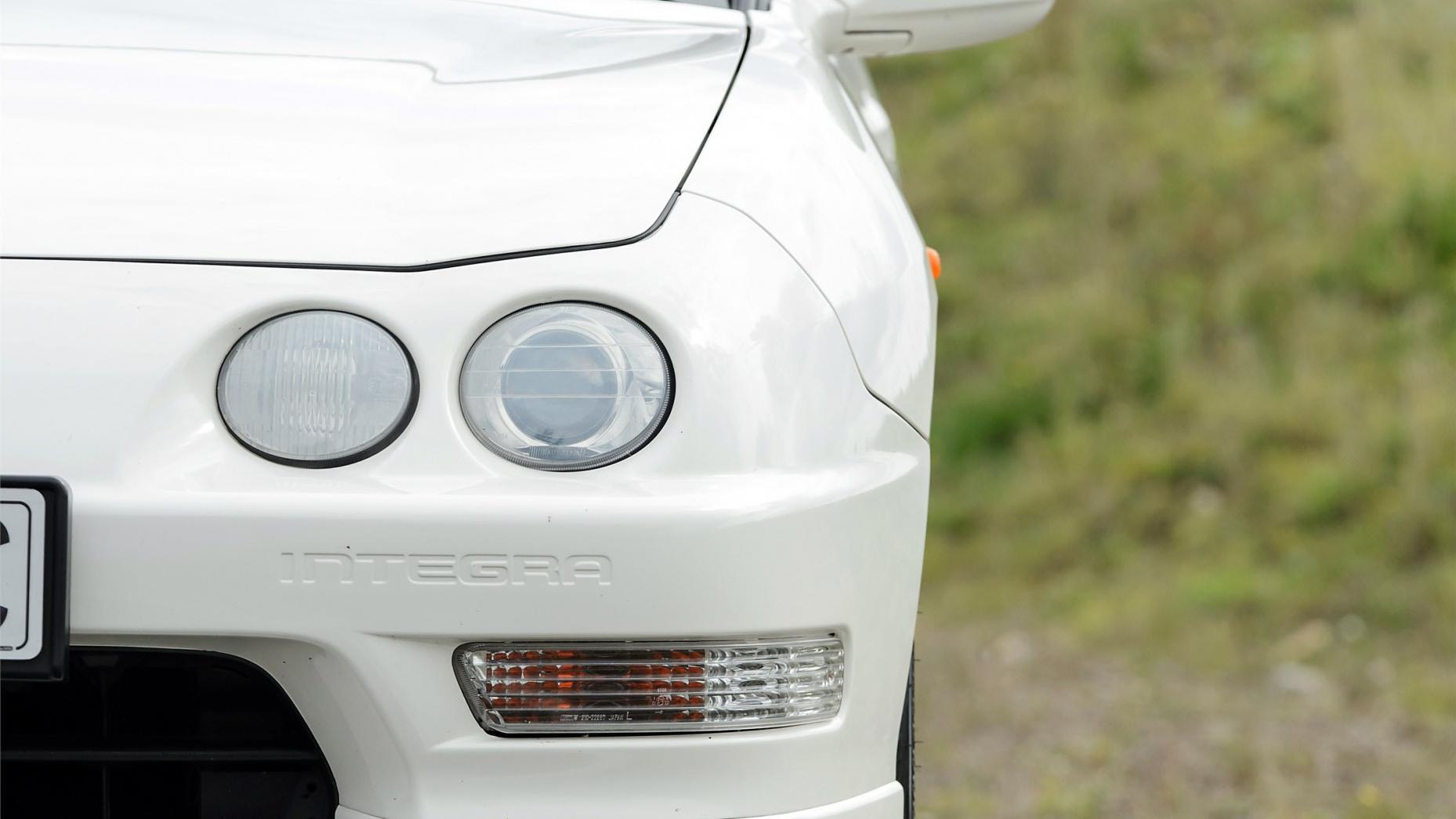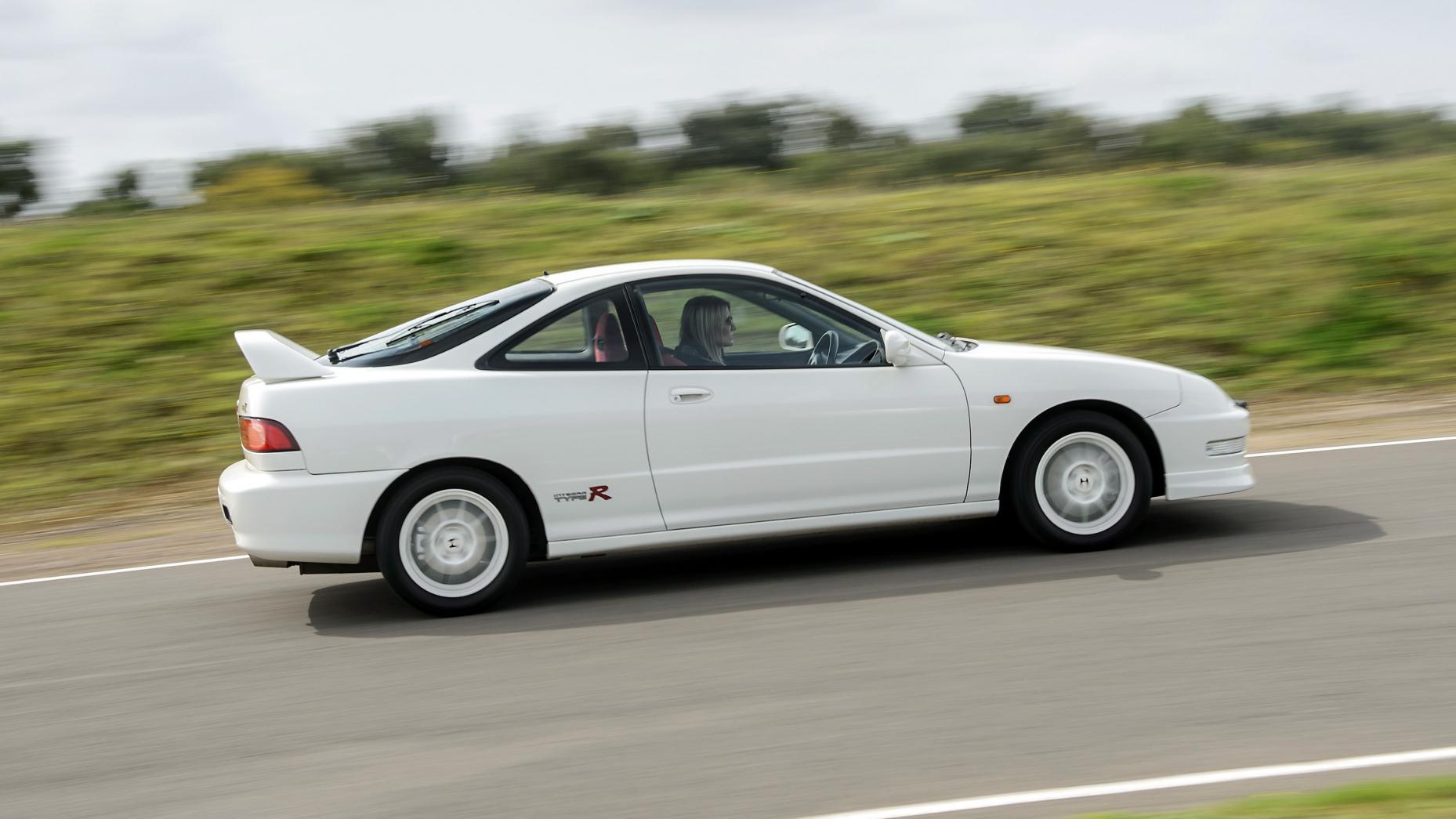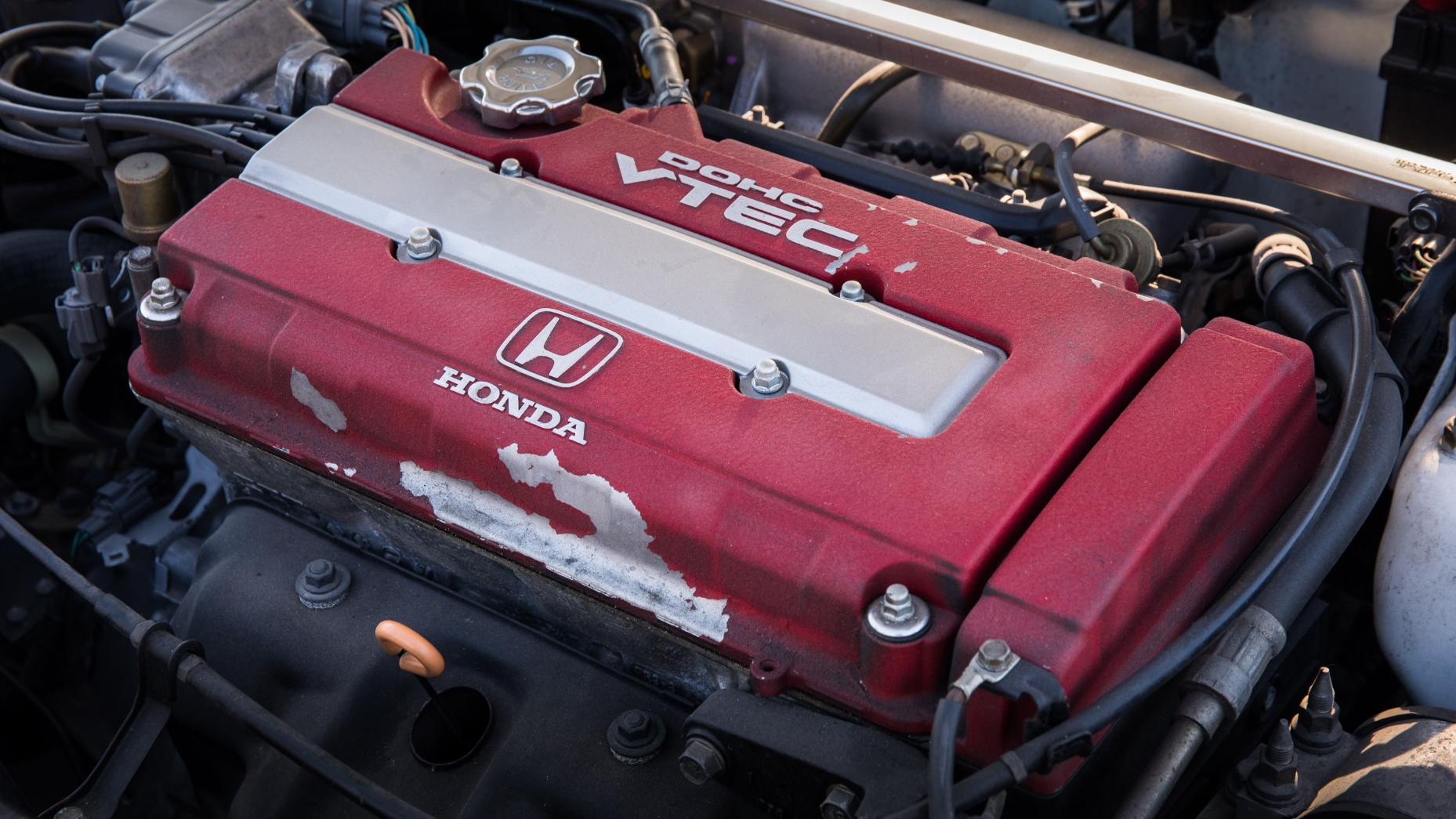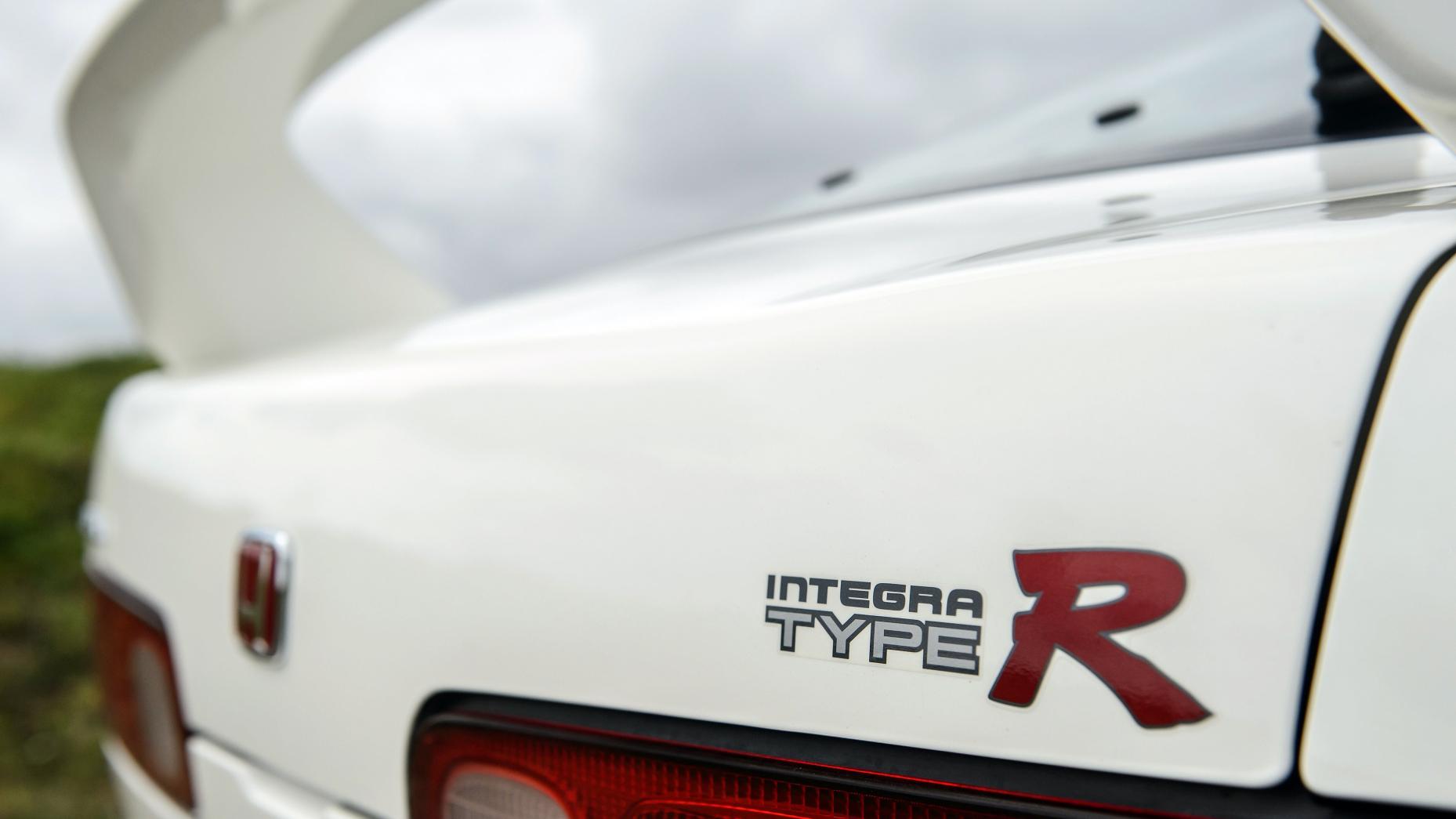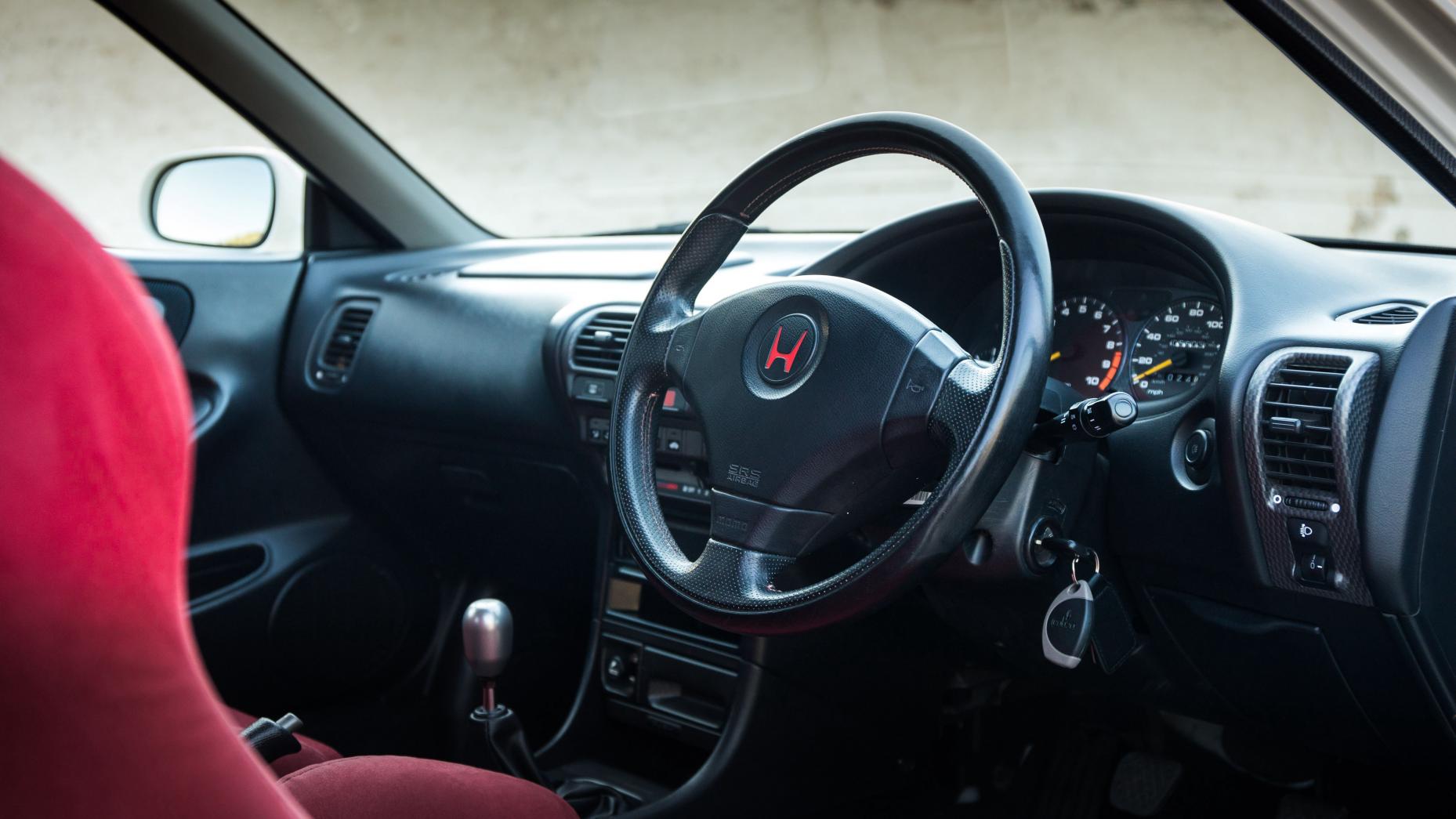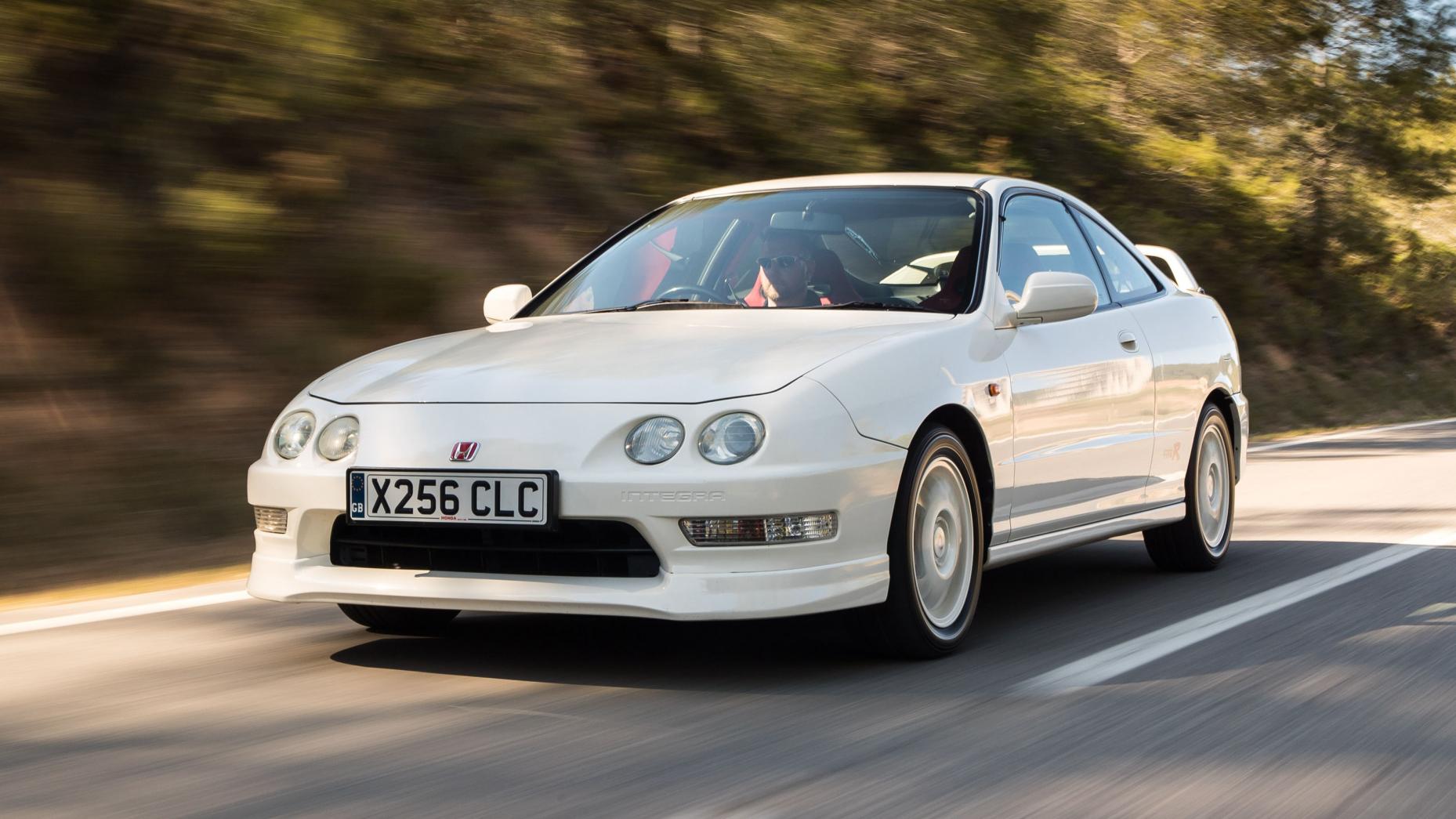
We think of it as a quintessential Nineties legend, like Mr Motivator or Jennifer Aniston’s hair, but the Integra Type R was only on sale in the UK for three short years between 1998 and 2001.
That it had a massive impact was thanks to its impeccable handling, razor-sharp five-speed gearbox and hand-built 189bhp 1.8-litre VTEC engine that redlined at 8,700rpm.
“There’s an overwhelming sense that this car was built to be brutally caned” said Top Gear when we first drove the Japanese pocket rocket, which is widely seen as the finest front-drive car of all time.
Here are some things you probably didn’t know about the DC2 Integra Type R – and if you did, give yourself a little pat on the back.
1. It set the standard for all fast Hondas
This was the first Integra Type R to reach European shores. And also the last. But its candle burned out long before its legend ever will, because this was the Type R-badged car that set the standard for every fast Honda that has since followed.
It’s hard to imagine now, but despite Honda’s many years of experience as an engine supplier in F1, powering Piquet, Senna and Mansell to five titles between them from ’87 to ’91, it wasn’t rated as a performance brand. The Type R changed all that, injecting passion into the engineering heart of the Japanese carmaker.
2. Japanese buyers didn't like the quad-lights
Japanese drivers really didn’t like those headlights. The standard-spec Integra initially went on sale in Japan in 1993, but the quad lights proved to be so unpopular with buyers that Honda gave the car a hasty facelift for the domestic market in 1995, when the Type R version first went on sale.
It would be another three years before the car found its way to the UK, and fortunately Honda decided to give us the four-eyed version, which looks much more interesting. It also gives us a chance to spot the cheeky JDM imports that found their way to the UK in droves, adding to the country’s limited allocation of 500 cars.
3. Its colour palette was... limited
It came in any colour you liked, as long as that was black, red or white. The latter was the one to go for, and the first batch of UK-bound Integra Type Rs came in the Championship White hue, intended to celebrate the company’s first F1 GP win in Mexico in 1965 with US driver Richie Ginther at the wheel.
4. Honda took its time building them
It was a carefully assembled car – Honda was limited to building 25 a day because of details like the hand-polished intake ports. Bespoke inlet valves, an enlarged throttle body and the helical LSD showed Honda meant business, but with 187bhp at 8,000rpm you already knew that.
This car is from the Honda heritage fleet – the paint might be peeling off the 20-year-old engine block, but the VTEC still knows how to kick in.
5. It had proper, functioning aero
Compared with modern hot hatches that feel the need to scream their souped-up status, the Integra Type R is by comparison fairly muted. A bespoke bodykit on the outside, but vast swathes of grey plastic from the standard Integra on the inside, boosted by fancy bucket seats, a short-throw gearlever and red Honda badging.
Don’t be fooled, though, Honda put in the detail work where it counted. The rear wing wasn’t just for show – it reduced lift at the back of the car by 30 per cent, and the sculpted aero lip under the front bumper also helped keep the car stable at speed. To improve the driving experience there were additional spot welds on the chassis to boost stiffness, and aluminium strut braces.
6. It was really light
The 1,140kg kerbweight is the stuff of dreams these days – Honda engineers shaved 39.97kg off the already-slim Integra GS-R despite all the extra welding and added internal bracing, helping the car hit 100kph in 6.5secs and on to 230kph.
The windscreen glass was 10 per cent thinner, lighter 15in wheels fitted and the sound deadening removed from inside the cabin to cut down on heft. The sunroof, air conditioning, cruise control and rear wiper were all ditched to save weight.
